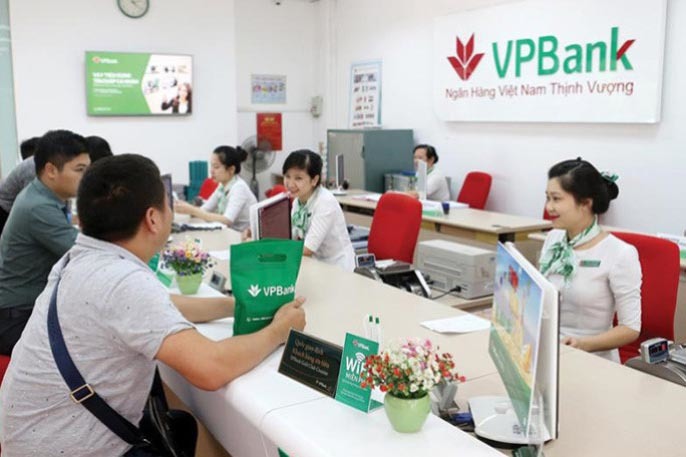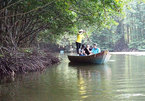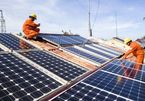In January 2020, VP Bank signed a green credit contract worth $212.5 million with IFC and prestigious international co-financiers, including Chinese Bocom Bank, German DEG, Chinese ICBC, IIB, South Korean KEB Hana Bank and Thai Kiatnakin Bank Public Co Ltd.

This was the first green syndicated loan in the Vietnamese market, according to Dien Dan Doanh Nghiep.
The major capital sources for green lending are from international funds and the government. Regarding capital from commercial banks, the State Bank of Vietnam (SBV) estimated that the amount had reached VND317.6 trillion as of June 2019, while the proportion of green credit in total outstanding loans had increased from 1.5 percent to 4.1 percent.
Analysts noted that the disbursement for green projects has increased recently, but green outstanding loans remain modest.
A representative of Vietcombank said green projects mostly have high investment costs.
The business fields related to green growth are new ones in Vietnam, such as solar power, wind power and waste-to-electricity. Meanwhile, the existing mechanisms are not sufficiently encouraging for banks to expand green credit.
| The business fields related to green growth are new ones in Vietnam, such as solar power, wind power and waste-to-electricity. Meanwhile, the existing mechanisms are not sufficiently encouraging for banks to expand green credit. |
According to Nguyen Quoc Hung, director of SBV’s Credit Department, commercial banks are meeting difficulties when providing green credit because there are no criteria for them to use to select projects, assess projects and provide loans.
It is also impossible to apply international standards in providing green credit because it is difficult to find enterprises that can meet the standards.
The green credit interest rates are not much lower than normal credit interest rates, but borrowers have to follow complicated procedures to get loans.
Nhip Cau Dau Tu reported that in 2017, HSBC committed to disburse $100 billion for green development. In July 2020, when HSBC had disbursed $52 billion worth of green loans globally, HSBC Vietnam disbursed the first green loan to Duy Tan Plastics.
According to Tran Thi Nguyet Oanh from HSBC Vietnam, Duy Tan is using the loan to develop a 65,000 square meter plastic recycling plant, worth $60 million, in Long An province.
It is expected to be the first plant in Vietnam to apply the bottle-to-bottle technology, i.e. recycling scrap bottles into new plastic bottles meeting FDA standards for use as food packaging.
The plant has estimated production capacity of 100,000 tons per annum.
According to Nguyen Bao Quoc, CFO of Duy Tan, in order to access the loan under the green credit program, the company had to have financial and production indexes inspected. When the company commits to join the ‘green credit journey’, it has to accept intervention from a third party during project implementation.
Translated by Mai Lan

Can Gio Biosphere: the 'green lung' that protects HCM City
After nearly 20 years of restoration, Can Gio Mangrove Biosphere Reserve has become the "green lung" of HCM City, contributing to improved air quality and reduced environmental pollution in the city.

Hanoi strives to reduce greenhouse gas emissions by 12% by 2025
The Hanoi People's Committee has set targets for reducing greenhouse gas emissions in the city.
 The proportion of green credit in total outstanding loans has increased from 1.5 percent to 4.1 percent, according to GIZ.
The proportion of green credit in total outstanding loans has increased from 1.5 percent to 4.1 percent, according to GIZ.